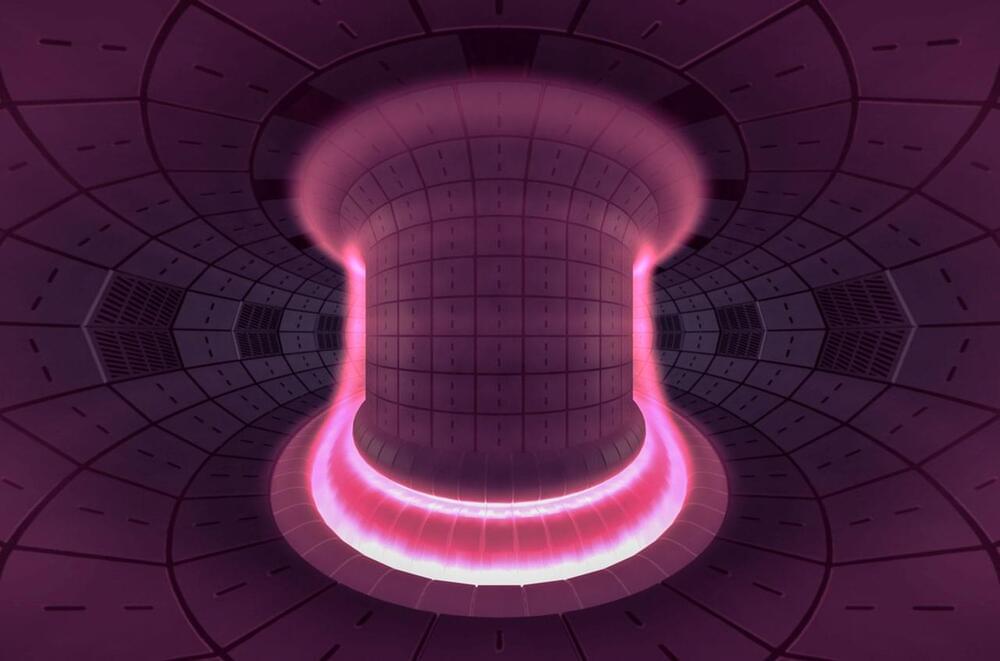For decades, achieving controlled fusion was a physics challenge. But now, as the ITER megaproject gears up to demonstrate fusion’s potential as an energy source—and startup companies race to beat it—the practical roadblocks to fusion power plants are coming into focus. One is a looming shortage of tritium fuel. Others could prevent reactors from ever running reliably—a necessity if fusion is to provide a constant “baseload” to complement intermittent solar and wind power.
Some of fusion’s fitfulness is innate to the design of doughnut-shaped tokamak reactors. The magnetic field that confines the ultrahot, energy-producing plasma is generated in part by the charged particles themselves, as they flow around the vessel. That plasma current in turn is induced by pulses of electrical current in a coil of wire in the doughnut’s hole, each lasting a few minutes at most. In between pulses the magnetic field ebbs, interrupting tokamak operations—and power delivery. The repetitive starts and stops of the reactor’s powerful magnetic fields also generate mechanical stresses that could eventually tear the machine apart.
In theory, the beams of particles and microwaves used to heat the plasma can also drive the plasma current. So can a quirk of plasma physics called the bootstrap effect. Near the edge of the plasma, a sharp pressure gradient causes the particles to spiral in such a way that they interfere with each other and push themselves—by their own bootstraps—around the ring.
